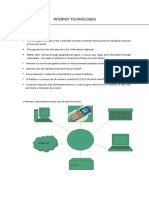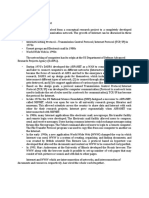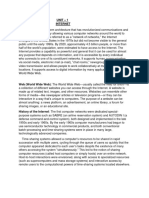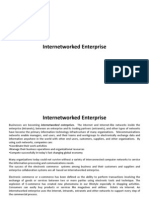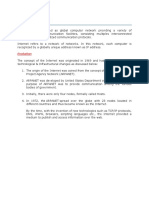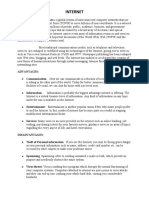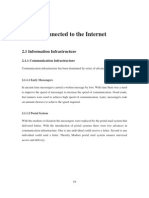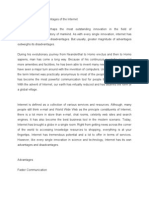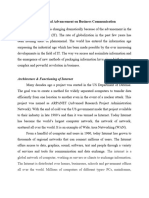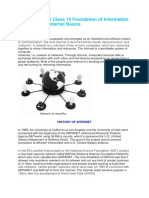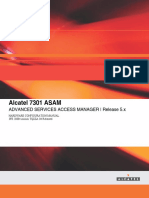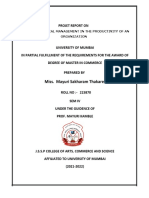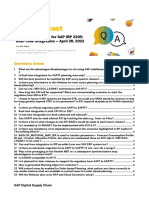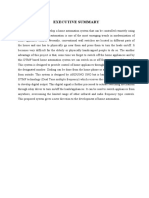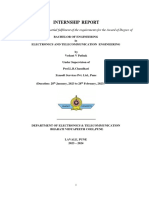0% found this document useful (0 votes)
8 views96 pagesThe Internet
The document provides an overview of the Internet, detailing its significance as a global network for information access and communication. It discusses various uses, advantages, and limitations of the Internet, including types of connections such as DSL, cable, satellite, mobile broadband, and fiber-optic. Additionally, it explains core components like IP addresses and the Domain Name System (DNS).
Uploaded by
alucardxmiya1515Copyright
© © All Rights Reserved
We take content rights seriously. If you suspect this is your content, claim it here.
Available Formats
Download as PDF, TXT or read online on Scribd
0% found this document useful (0 votes)
8 views96 pagesThe Internet
The document provides an overview of the Internet, detailing its significance as a global network for information access and communication. It discusses various uses, advantages, and limitations of the Internet, including types of connections such as DSL, cable, satellite, mobile broadband, and fiber-optic. Additionally, it explains core components like IP addresses and the Domain Name System (DNS).
Uploaded by
alucardxmiya1515Copyright
© © All Rights Reserved
We take content rights seriously. If you suspect this is your content, claim it here.
Available Formats
Download as PDF, TXT or read online on Scribd
/ 96




